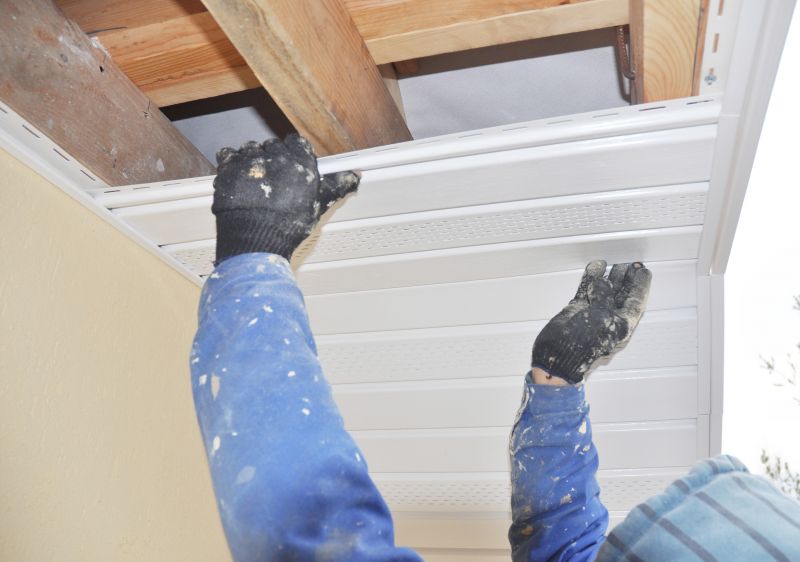Skilled Fascia Repair for All Property Types

Specialized tools used in fascia repair facilitate precise and minimally invasive procedures, reducing recovery time and improving outcomes.

Diagnostic imaging and manual assessments identify areas of fascia restriction or damage, guiding targeted repair strategies.

Rehabilitation involves specific techniques to restore fascia flexibility, strength, and function after repair procedures.
Fascia repair procedures typically take between one to three hours when performed by a skilled professional. The process begins with a thorough assessment to determine the extent of fascia damage or restrictions. Depending on the findings, minimally invasive techniques such as manual therapy, needling, or surgical intervention may be used to release or repair the fascia. The goal is to alleviate pain, restore movement, and prevent future issues caused by fascia tightness or adhesions.
Hiring a professional for fascia repair ensures that the procedure is performed with precision and adherence to safety standards. Professionals utilize advanced diagnostic tools and specialized techniques to target problem areas accurately. Properly executed fascia repair can lead to long-term relief, improved posture, and enhanced physical performance. It also reduces the risk of complications associated with improper treatment or DIY methods.
Expert intervention can effectively address fascia restrictions, improve mobility, and reduce chronic pain. Professional techniques ensure targeted treatment and optimal results.
Methods include manual therapy, dry needling, and surgical release, tailored to individual needs for maximum effectiveness.
Proper preparation before treatment and following post-procedure guidelines can enhance recovery and long-term outcomes.

A healthcare professional performing fascia release with specialized tools, emphasizing precision and care.

Showcasing the results of fascia repair, highlighting improved tissue flexibility and structure.

A patient engaging in gentle movement exercises after fascia repair, illustrating recovery progress.
Effective fascia repair can significantly improve quality of life by reducing pain and restoring movement. The procedure is suitable for individuals experiencing chronic discomfort, restricted mobility, or post-injury stiffness. With proper assessment and execution, fascia repair offers a reliable solution for maintaining musculoskeletal health.
| Aspect | Details |
|---|---|
| Average Procedure Time | 1 to 3 hours |
| Recovery Period | Varies from a few days to several weeks |
| Techniques Used | Manual therapy, needling, surgical release |
| Ideal Candidates | Individuals with fascia restrictions or adhesions |
| Post-Procedure Care | Follow specific rehabilitation guidelines |
| Long-Term Benefits | Pain relief, increased mobility, improved posture |
For those interested in fascia repair services, filling out the contact form provides an opportunity to receive a personalized assessment and quote. Professional intervention ensures that the procedure is tailored to individual needs, promoting optimal recovery and long-term health benefits.



